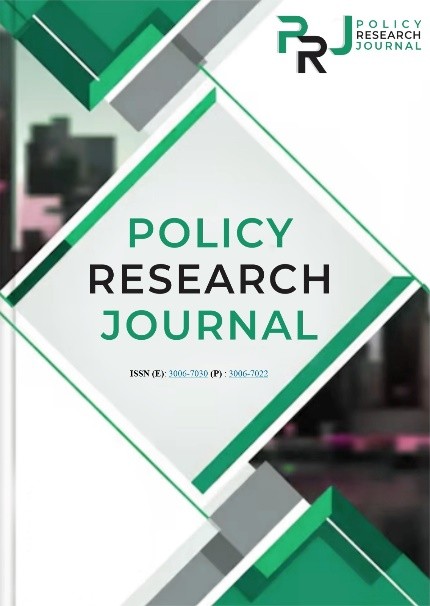SCREENING THE ANTIMICROBIAL POTENTIAL OF FOUR ETHNOBOTANICALS AGAINST POULTRY-DERIVED ESCHERICHIA COLI: AN IN-VITRO STUDY
Keywords:
Allium sativum, Escherichia coli, broiler chickens, antibacterial activity, agar well diffusion, medicinal plants, minimum inhibitory concentrationAbstract
Antibiotic resistance among bacterial pathogens in poultry has become a critical concern, necessitating the exploration of alternative antimicrobial agents. This in-vitro study evaluated the antibacterial potential of four medicinal plants—Allium sativum (garlic), Piper betle (betel leaf), Phyllanthus emblica (Indian gooseberry), and Trachyspermum ammi (ajwain)—against Escherichia coli isolated from naturally infected broiler chickens in District Kohat, Khyber Pakhtunkhwa, Pakistan. The isolation and identification of E. coli were performed using standard microbiological techniques, including culturing on MacConkey and EMB agar, followed by Gram staining and biochemical tests such as citrate, catalase, and oxidase assays. Antibacterial activity was assessed using the agar well diffusion method. At a concentration of 0.5 mg/ml, A. sativum demonstrated the strongest inhibition zone (20 mm) among the plant extracts, second only to the standard antibiotic Moxifloxacin (31 mm). P. emblica showed moderate activity (10 mm), while T. ammi exhibited no observable inhibition. Due to its superior performance, A. sativum was selected for further concentration-dependent analysis, which revealed zones of inhibition ranging from 32.5 mm to 33.5 mm at higher concentrations (0.75–1.25 mg/ml), nearly matching or surpassing Moxifloxacin (33 mm). The minimum inhibitory concentration (MIC) of A. sativum was determined to be 0.050 mg/ml, at which it produced a significant average inhibition zone of 31 mm. These results suggest that A. sativum possesses potent antibacterial activity even at lower concentrations, making it a promising natural candidate for controlling E. coli infections in poultry. This study supports the potential of plant-based antimicrobials, particularly garlic, as effective alternatives to conventional antibiotics in the face of increasing antimicrobial resistance.

















